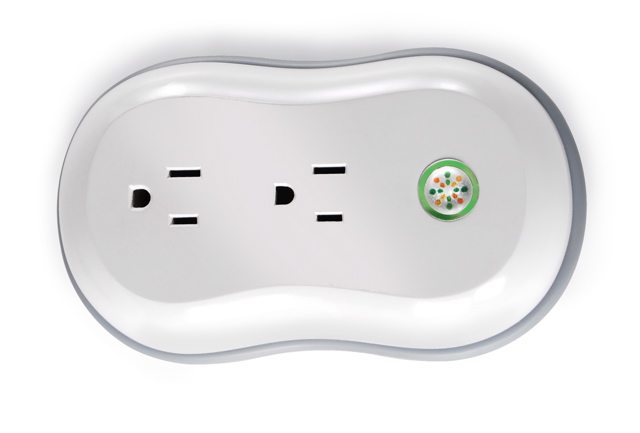They say that after a nuclear war the only survivors will be cockroaches. And so, after the big hubbub of a large tradeshow such as CES (Consumer Electronics Show) in Las Vegas, where companies new and old come out with their newest wares — literally bombing us with their incredible, revolutionary, game-changing technologies — I like to take stock after the dust settles to see who’s still standing.
Arguably, it’s too early to tell who will be here a year from now, three years from now, five years from now. But every year a few companies that don’t fall into the name-brand category come out shining. Did I mention it’s a grotesquely large show? Estimates are there were 140,000 people and close to 3,000 companies represented this year. If you’re a needle, you better be a darn shiny and prickly one to stand out in that haystack.
So here we are a month later. And here are a few of the companies that made a splash at the show, and turned it into a tidal wave in the weeks that followed.
ThinkEco’s modlet technology generated a little buzz storm at the show, and carried the conversation well after, being featured in the New York Times, “The Early Show,” and even by Martha Stewart. By the way, in case you didn’t know, Martha loves her gadgets. What was so catchy about this tech? No surprise, it’s a gadget that helps you be green. But this greenie is smart. The modlet covers your existing wall plugs with its own intelligent wall plugs. It then anticipates when you’ll use whatever is plugged into it, and when you won’t. Here’s where the smarts come in. The modlet kills the power during hours when the appliance is not in use. This helps eliminate “phantom power,” or power that is used when an appliance is plugged in, but not used. The company’s website says that plugged-in appliances take up to 40 percent of residential power usage. Imagine cutting your monthly utility bill by that much by just having modlets around the house? Here’s the bad news: The modlet won’t be ready for consumers until later this spring. But you can sign up on a waiting list. If I had to call it, ThinkEco will have a tsunami on its hands by the time the modlet is ready to ship.
A Flagstaff-based company that’s no small potatoes, Southwest Windpower, might have helped put Arizona on the map this year at CES. Maybe. Southwest Windpower, a supplier of distributed wind generators, launched its latest residential wind turbine, the Skystream 600, as part of GE’s “home of the future” exhibit at CES. Since the debut, Southwest Windpower’s claims inquiries have skyrocketed. The latest estimate was a 150 percent increase in the number of inbound calls since this launch, according to company sources. The company estimates that more than 13 million homes in the U.S. could install a wind turbine, and they are positioning to take a bite out of that market. Depending on variables such as position of the turbine and wind resource, this turbine could provide up to 80 percent of an average home’s energy requirements. Skystream 600 allegedly will be available to the public in March. Southwest Windpower is no startup, flash-in-the-pan wind power company. It was founded more than 20 years ago, has 170,000 units installed worldwide and sells 15,000 turbines annually.
Sometimes you have to repeat yourself to really be heard — and convince us that you’re in it for the long haul. The iTwin, which first showed at CES last year, has done just that. The iTwin lets you share data and Internet between two computers with the use of two magic USB flash drives. Each of the drives plugs into a different computer (PC-only right now). Once connected, the two computers are then able to share content and the Internet, securely (and that’s the big draw). Wireless access is only possible when the two plugs are used together. This is actually a very cool concept and I expect that next year there will be a plethora of knock-offs launching at CES. Until then, the iTwin is priced at $99 and sold on the company’s website.
It wouldn’t be CES 2011 without a slew of apps. So I feel compelled to list one here. This year, the emphasis was really on games (thank you Angry Birds) and photos. But I saw one app that appealed to me from a business sense. It originally caught my eye as a winner of the CES Best App Awards. At the time of the show it was only available on iPhone. So naturally I didn’t give it a fleeting thought. Then last week they launched it in the Android Market. And in just the last seven days they’ve had nearly 10,000 downloads. What is it? It’s an app that lets you add a second number to your mobile phone, without buying the phone line. Hello. Line2, as it’s aptly called, achieves this by using carrier-grade SMS that works over the 3G (and we assume 4G) networks, WiFi or cellular networks. Some nice perks — Line2 allows for live call switching between 3G and WiFi. If you are on a Line2 3G VoIP call-and-walk into your house, your phone will automatically switch the call to WiFi without dropping. Unless you’re on AT&T (I can’t resist). The app costs $9.99 monthly on iPhone, but is free on Android.




